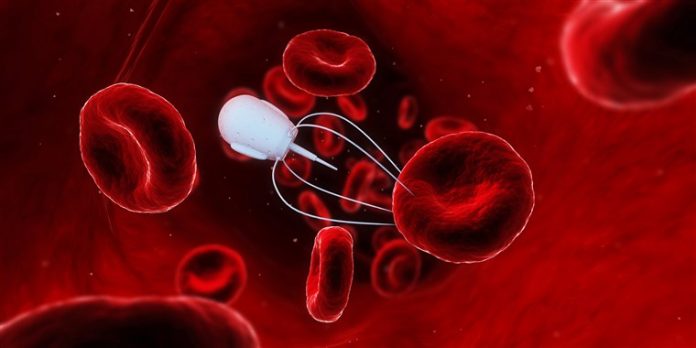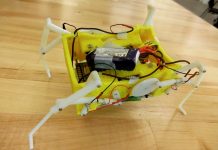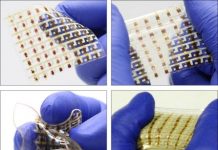Researchers at the Georgia Institute of Technology have developed tiny 3D-printed robots designed to move by sensing vibration from a variety of sources – including piezoelectric actuators, speakers, ultrasound and others.
The small robots are merely 2 millimeter long and weigh about five milligrams, and they can move quite fast, covering four times their own areas in under a second.
Endless Applications
Due to their small size, the potential application of such robots are numerous – from sensing environmental changes to accurately moving materials and repairing internal injuries in the human body.
“We are working to make the technology robust, and we have a lot of potential applications in mind,” says Azadeh Ansari, an assistant professor in the School of Electrical and Computer Engineering at the Georgia Institute of Technology. “We are working at the intersection of mechanics, electronics, biology and physics. It’s a very rich area and there’s a lot of room for multidisciplinary concepts.”
Control By Vibrations
The robots respond to different vibration frequencies, allowing researchers to control them by adjusting vibration levels. The tiny robots are equipped with a piezoelectric actuator which generates vibrations, and they can also detect vibration from external sources such as piezoelectric shakers located under the surface on which the robot moves, ultrasound sources, or tiny speakers.
The resulting vibrations move the robot’s legs up and down, moving it forward. Altering the amplitude of the vibration can increase or decrease the speed at which the robot moves.
“As the micro-bristle-bots move up and down, the vertical motion is translated into a directional movement by optimizing the design of the legs, which look like bristles,” Ansari explains. “The legs of the micro-robot are designed with specific angles that allow them to bend and move in one direction in resonant response to the vibration.”
Not Ready For The Real World – Yet
The tiny robots perform well in laboratory conditions, but more research is needed before they can be used in real-life situations.
“We can look at the collective behavior of ants, for example, and apply what we learn from them to our little robots. These micro-bristle-bots walk nicely in a laboratory environment, but there is a lot more we will have to do before they can go out into the outside world”, says Ansari.






























